Transforming the Built Environment for a Net Carbon Future
Achieving zero carbon impact across our portfolio — and the broader design industry — represents an incredible opportunity to address mitigation and resiliency. As the world’s foremost design firm, we are using the power of our scale and global reach to amplify the systemic progress necessary for consequential climate action.
We continue our commitment to the Gensler Cities Carbon Challenge (GC3) with a goal of a zero-carbon impact portfolio by 2030. This year’s Climate Action Through Design report shows solutions in action through a handful of our projects around the world.
Climate Action Through Design Case Studies
Design Solutions That Draw from a Spectrum of Sustainable Strategies

Harvey B. Milk Terminal 1 Renovation
Reductions in energy, carbon, and waste impacts makes SFO’s Harvey B. Milk Terminal a sustainable benchmark for future airports by setting new standards through its Triple Zero Challenge.

CSULB Parkside North Residence Hall
California State University, Long Beach’s goal is to achieve carbon-zero status by 2030 as well as LEED Platinum and Living Building Challenge Certifications through sustainable student housing.

Ericsson USA 5G Smart Factory
Ericsson’s USA 5G Smart Factory moves manufacturing closer to their consumers and prioritizes operational efficiency.
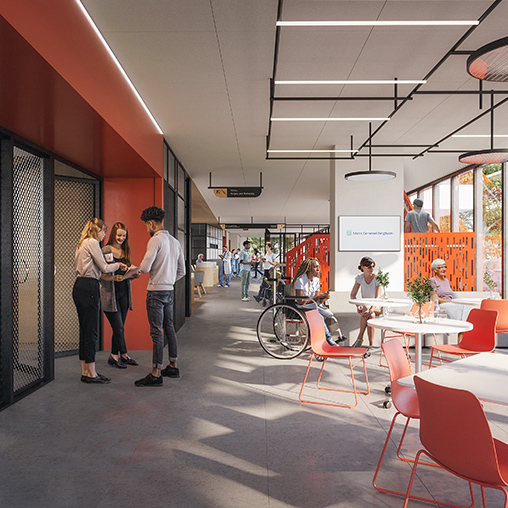
Mass General Brigham Integrated Care Facility
Mass General Brigham’s new ambulatory care facility is poised to become a vital community resource and act as a high-performance prototype for healthcare.
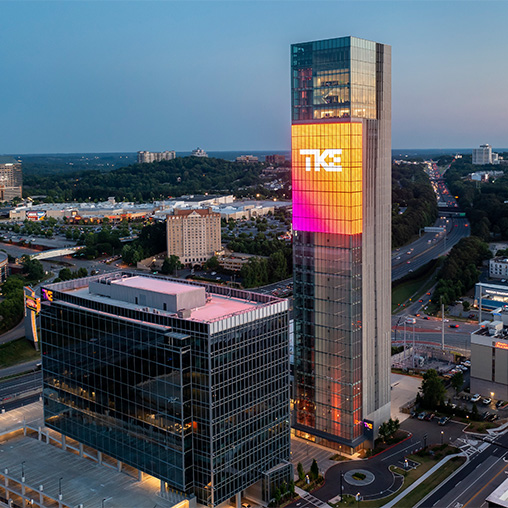
TK Elevator North America Regional Business Support Center
The tallest elevator test tower in the United States connects sustainable design, engineering acumen, and storytelling.

Under Armour Global Headquarters
Baltimore, Maryland
Under Armour’s new global headquarters building in Baltimore’s Port Covington reaffirms the company’s long-term resilience commitment in a building, constructed almost entirely of mass timber.

Guangzhou Substation Concept Proposal
A non-typical approach to urban infrastructure creates community and supports local ecologies in the development of a new electrical substation.
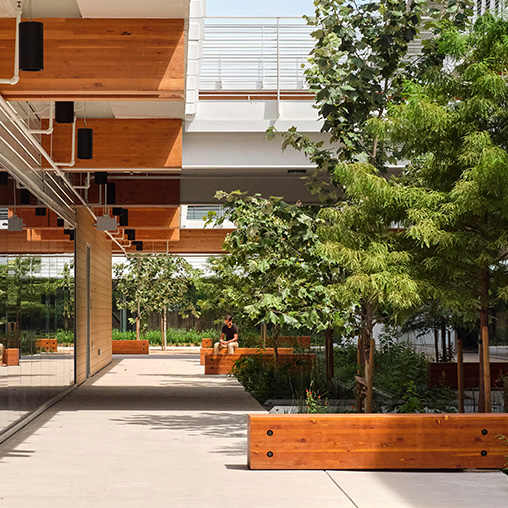
Fifth + Tillery
Fifth + Tillery, a warehouse converted into a multi-tenant office building, creates a draw for creative tenants in Austin via a high-performance space that produces its own energy, captures water runoff, and nurtures a rain garden.
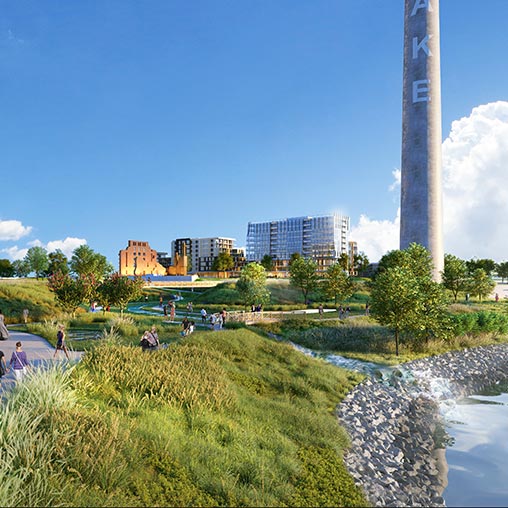
Avon Lake Renewable Master Plan
A decommissioned power plant was converted into a community amenity through land remediation and economic development strategies that breathe new life into the stranded asset.

Torre Judicial
This new government workplace building is designed to maximize energy efficiency, performance, and occupant well-being while enhancing community health.
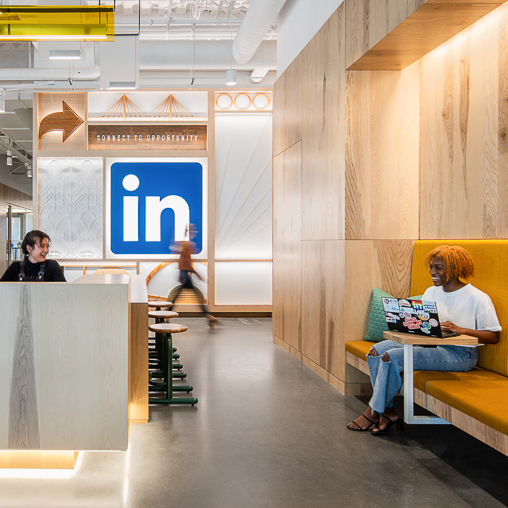
LinkedIn Omaha
LinkedIn Omaha’s future-focused headquarters uses sustainable materials and strategies at every turn to support employee and building health, creating an optimistic future for the workplace.
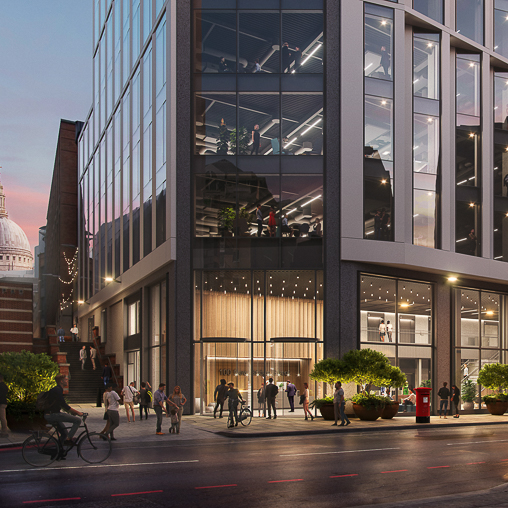
100 New Bridge Street
A transformed central London office building has been repositioned with a strong commitment to material reuse that maximizes the building’s sustainability, wellness, and ESG credentials.

The Link
An aging 1960s-era telecom tower was repositioned into a creative, modern, mixed-use hub in Downtown Denver’s business core.
CLIMATE ACTION STRATEGIES
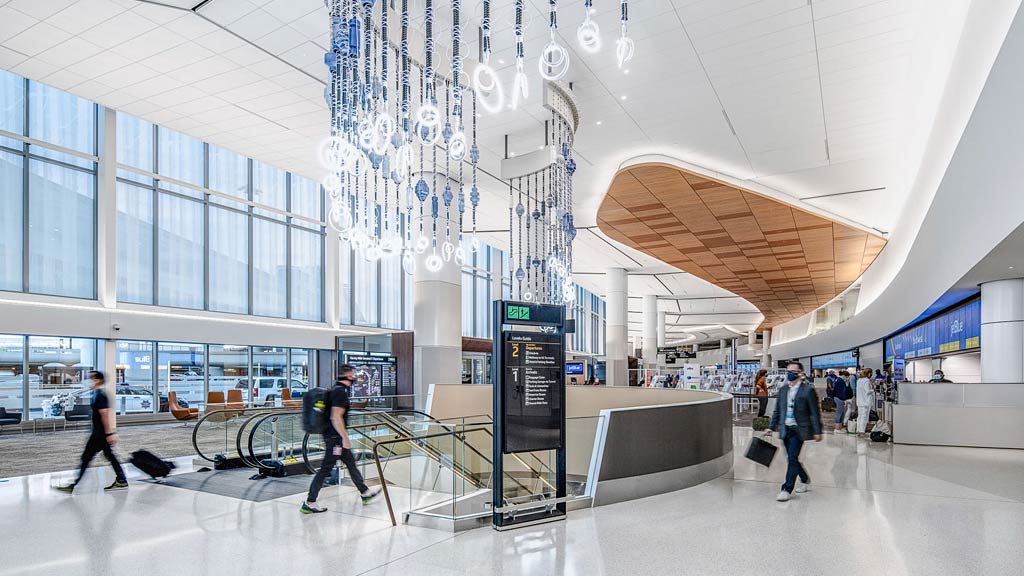
Toward Net Zero Energy
Gensler’s Climate Action Through Design report focuses on how we can create net zero energy buildings delivered through design solutions that combine cost-effective energy efficiency paired with renewable technologies.

The Right Materials
Architects and designers can decrease embodied carbon levels through the building materials they choose to work with. Gensler’s Climate Action Through Design report explains the impact of commonly used materials.

Real Estate Must Adapt
The climate is already changing — real estate must adapt accordingly. Gensler’s Climate Action report covers design strategies for investors to mitigate the risk of rising water and manage the heat.
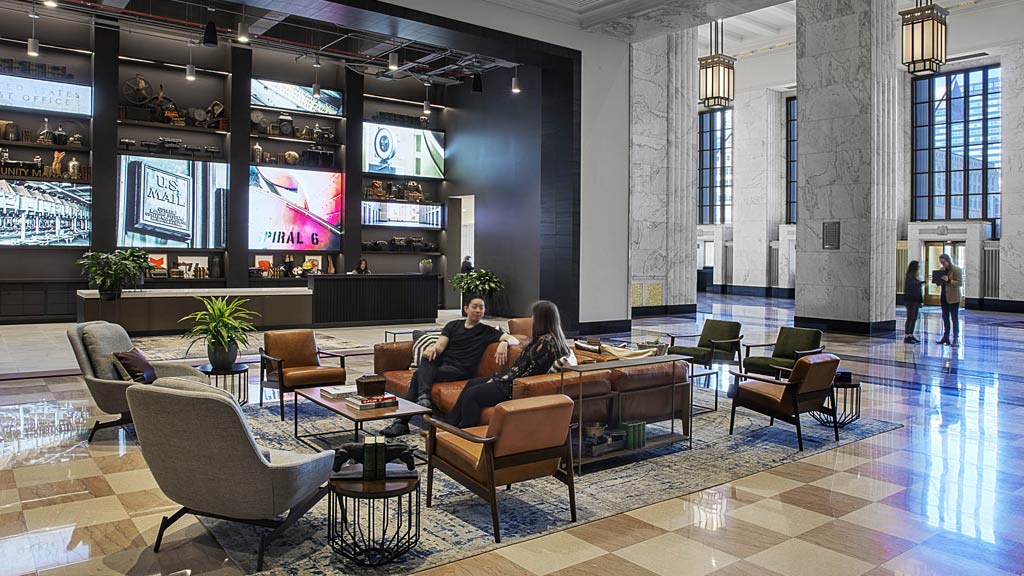
The Adaptive Reuse Revolution
Gensler’s Climate Action Through Design report explains how we can improve climate impact by extending the life of existing buildings with cost-effective adaptive reuse strategies at every scale.

The New Design Journey
To achieve a net zero carbon portfolio by 2030, we optimized our design process from end to end. The result has been a whole new design and client journey from kick-off to completion.

The Gensler Cities Climate Challenge (GC3)
Gensler's roadmap for helping out clients reach their carbon targets and achieving our goal of lowering carbon in every building in our portfolio.

Webinar: Climate Action Through Design
Gensler’s Design Resilience leaders share design considerations and strategies for transforming the built environment for a net zero future.

Want more of Gensler’s design insights? Sign up for our dialogue Now newsletters to get regular updates sent directly to your inbox.